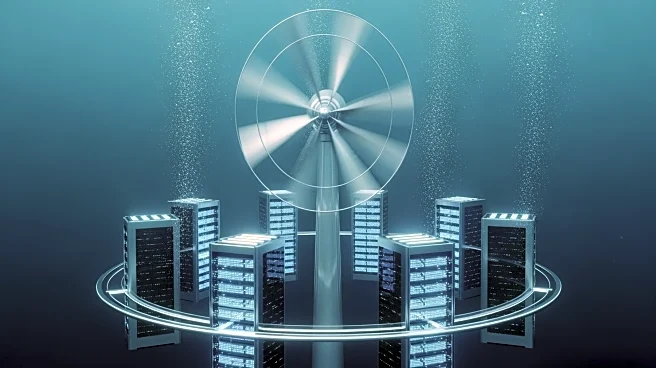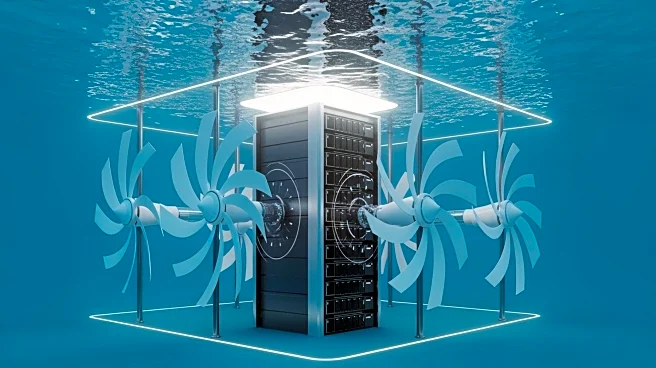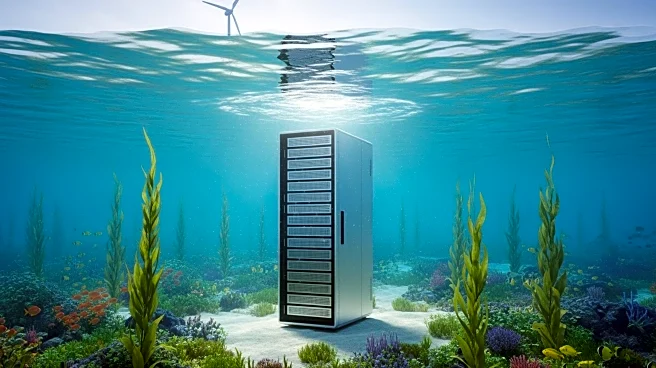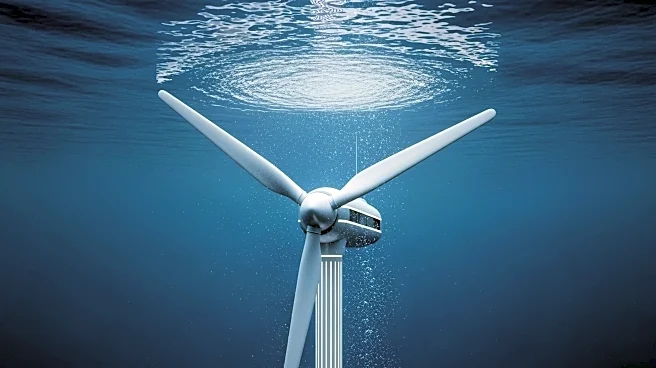What's Happening?
HiCloud, a division of Chinese company Highlander, has launched a demonstration project for what is claimed to be the world's first wind-powered underwater data centre. Located off the coast of Shanghai,
the site connects servers directly to an offshore wind farm and offers 2.3MW of data centre space. This initiative marks the first stage of HiCloud's plan to build a large-scale underwater data centre powered by offshore wind, aiming to scale up subsea deployments to 500MW. The project highlights the potential for sustainable data centre solutions, reducing the environmental impact associated with traditional land-based facilities.
Why It's Important?
The development of wind-powered underwater data centres represents a significant advancement in sustainable technology, addressing the environmental challenges posed by traditional data centres. By utilizing offshore wind power and underwater cooling, these facilities can reduce their carbon footprint and minimize water usage, offering a more eco-friendly alternative. This innovation could influence global data centre strategies, encouraging the adoption of renewable energy sources and novel cooling methods to enhance sustainability.
What's Next?
HiCloud's plans to expand its underwater data centre operations suggest further investments in renewable energy and innovative cooling solutions. The company may collaborate with industrial partners to develop large-scale facilities, potentially setting new standards for sustainable data centre practices. As the project progresses, stakeholders in the technology and energy sectors will likely assess its feasibility and scalability, considering its implications for global data centre infrastructure.
Beyond the Headlines
The initiative raises questions about the long-term viability of underwater data centres and their impact on marine ecosystems. Ethical considerations regarding the environmental footprint of such projects may prompt discussions on responsible innovation and sustainable development. Additionally, the project could influence regulatory frameworks, as governments seek to balance technological advancement with environmental protection.











